Introduction
Launched in late 2020, the Tamron 17-70mm F/2.8 Di III-A VC RXD is a fast general purpose standard zoom lens with a constant F2.8 aperture throughout the focal range.
This Tamron lens is designed for Sony E-mount APS-C sensor mirrorless cameras, such as the flagship A6600. You can also use it with full-frame Sony Alpha models, just so long as you set them to APS-C crop mode.
It’s officially the world’s first F2.8 standard zoom lens with a 4.1x zoom ratio for APS-C cameras, offering offers a versatile zoom range that provides an equivalent focal range of 25.5-105mm in 35mm full-frame terms.
The Tamron 17-70mm Sony features 16 elements in 12 groups including three aspherical elements and two low dispersion elements. It has a near-circular 9 blade diaphragm which creates an attractive blur to the out-of-focus areas of the image.
This lens benefits from having Tamron’s Vibration Compensation image stabilization system. The Tamron 17-70mm has an RXD (Rapid eXtra-silent stepping Drive) autofocus motor that delivers very fast and quiet auto-focusing.
It offers an impressively close 0.19m minimum focusing distance and a maximum magnification of 0.21x. This lens has a moisture-resistant construction, a fluorine coating to protect against dust, dirt, and smearing, and a BBAR coating to suppress flare and ghosting.
The Tamron 17-70mm F/2.8 Di III-A VC RXD lens is priced at around £779 / $799 in the UK and the US, respectively.
Ease of Use
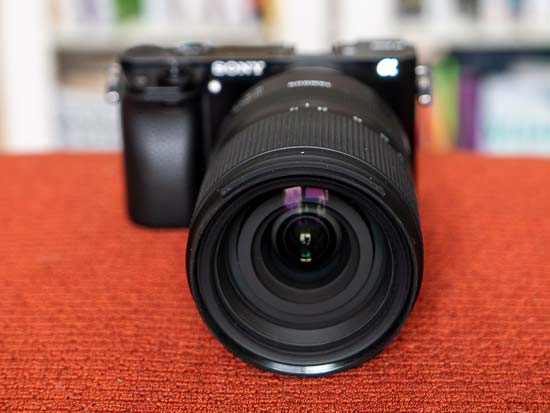
Weighing in at 525g and measuring just under 12cm in length, the Tamron 17-70mm F/2.8 Di III-A VC RXD is a pretty compact and lightweight lens considering the fast maximum aperture and the versatile zoom range that it offers.
Note that it does gradually extend further by almost 3cms, though, as you zoom from 17mm to the 70mm focal length.
Compared to its main rival, the Sony E 16-55mm f/2.8 G, the Tamron 17-70mm for Sony is slightly heavier and a couple of cms longer, but then you do get the useful extra reach at the telephoto end.

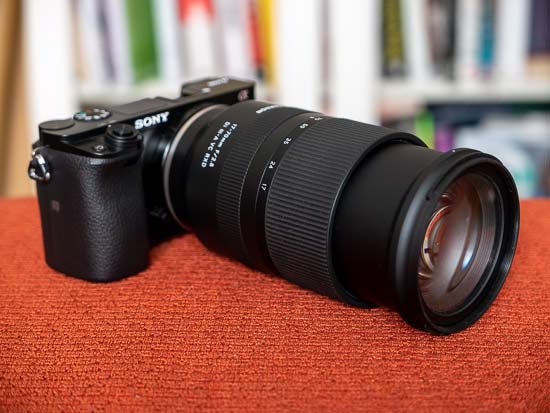
As with most other recent Tamron lenses that we’ve reviewed, build quality is fine. The Tamron 17-70mm Sony feels solid enough in your hand, despite its mostly high-grade plastic construction.
It has a metal lens mount and it accepts 67mm filters. It is also weather sealed, adding some peace of mind in more inclement conditions.
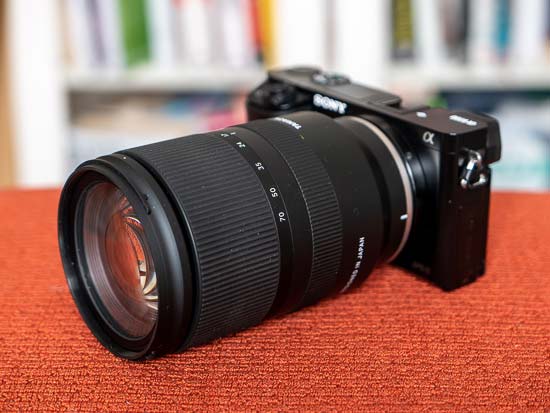
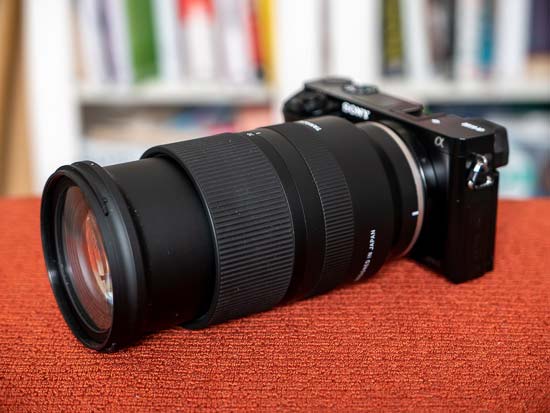
The Tamron 17-70mm F/2.8 Di III-A VC RXD has a fairly narrow, ridged focus ring. Manual focusing is only possible by delving into the menu system – there’s no dedicated AF/MF switch to toggle between AF and MF on this lens.
The zoom ring is smooth and well-balanced, but the manual focus ring isn’t particularly well-damped and and therefore feels light in use.
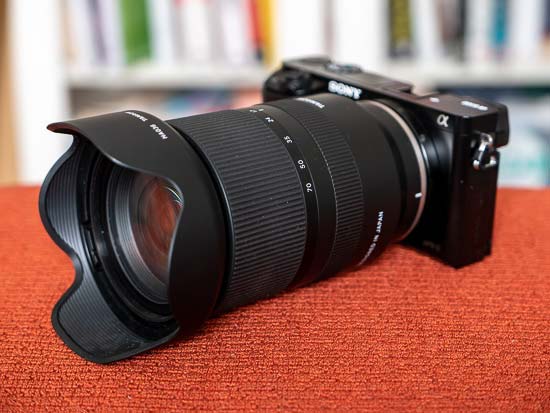

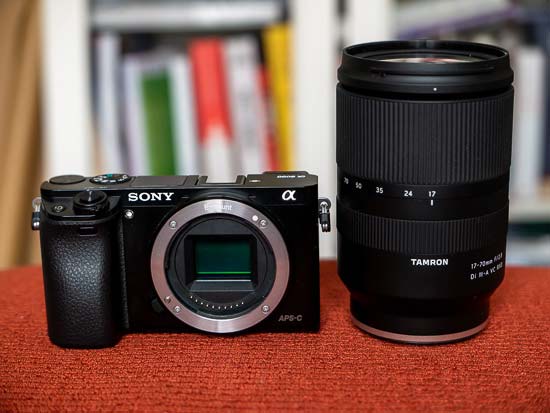
There are also no hard stops at the ends of the focal range, making it harder to set focus at infinity. Polariser users should be pleased that the 67mm filter thread doesn’t rotate on focus.
The Tamron 17-70mm Sony zoom lens utilizes an RXD (Rapid eXtra-silent stepping Drive) autofocus motor for fast and quiet auto-focusing.

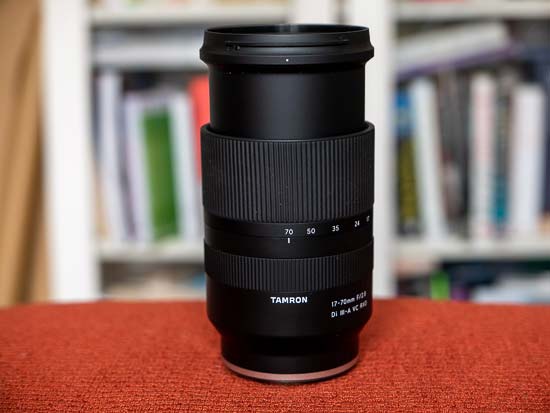
It proved to be a very quick performer on the Sony A6600 camera that we tested it with, and we hardly experienced any “hunting”, either in good or bad light, with the lens accurately focusing virtually all of the time.
It is also almost completely silent when auto-focusing, making it perfect for movie shooting or for more candid use.
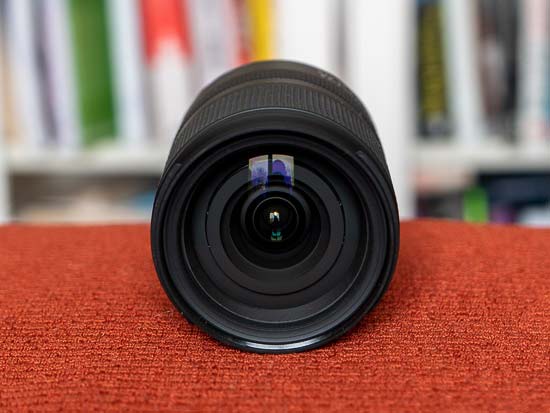

The Tamron 17-70mm F/2.8 Di III-A VC RXD happily features optical image stabilisation, which works in conjunction with the camera body’s own built-in stabilisation system (if it has one).
As with focusing, there is no dedicated button to switch this on and off, though, which again necessitates a visit to the camera’s menu system.


The Tamron 17-70mm for Sony lens is designed in Japan and made in Vietnam. It’s supplied with a good quality plastic petal-shaped lens hood (HA036), but not with a bag or case.
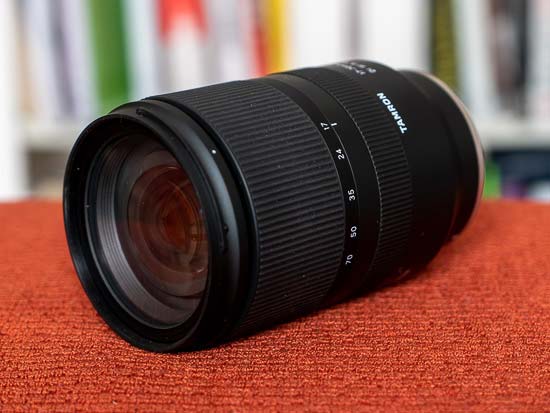
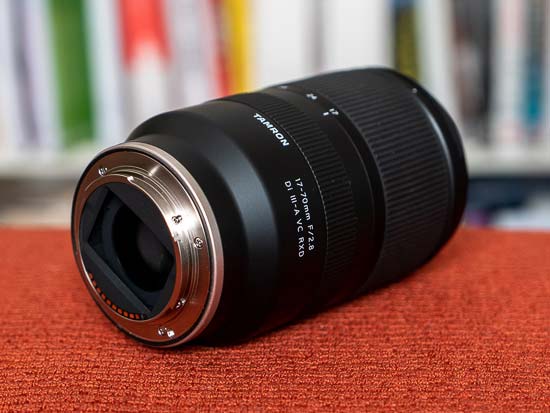
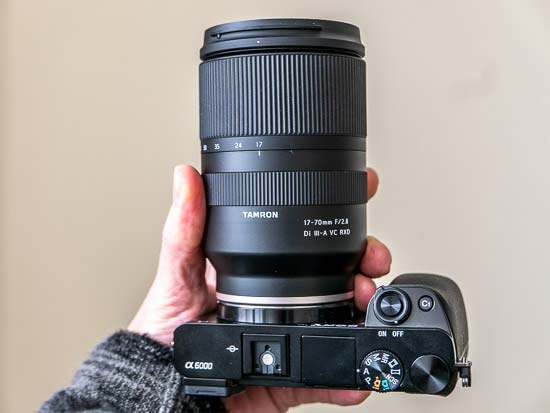
Focal Range
At the 17mm focal length the angle of view is 79° 55′.
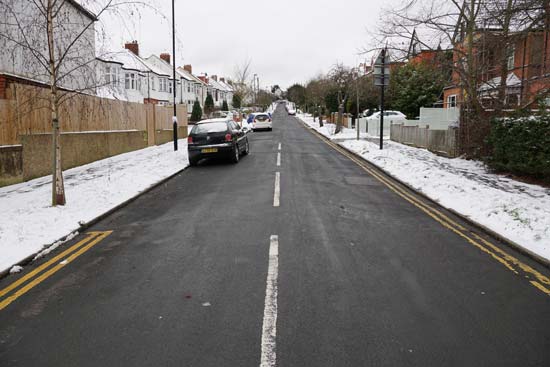
At the 70mm focal length the angle of view is 23°.

Chromatic Aberrations
Chromatic aberrations, typically seen as blue or purple fringes along contrasty edges, were apparent in our test shots, particularly in high contrast areas.
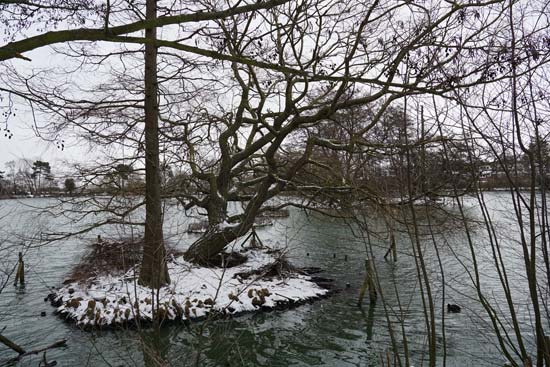
Light Fall-off
With the lens set to its maximum aperture of f/2.8, there’s some light fall-off in the corners, requiring you to stop down by at least 2 f-stops to prevent it.
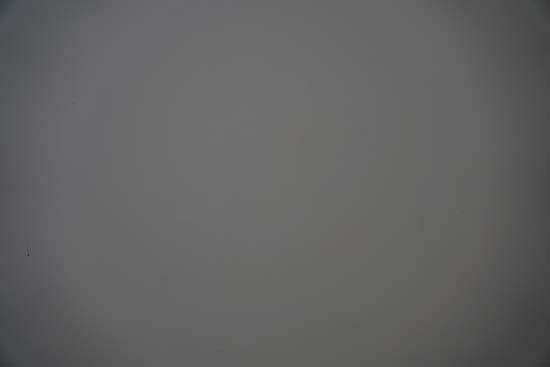
17mm

70mm
Distortion
This lens suffers from some very obvious barrel distortion at 17mm and equally obvious pincushion distortion at 70mm.
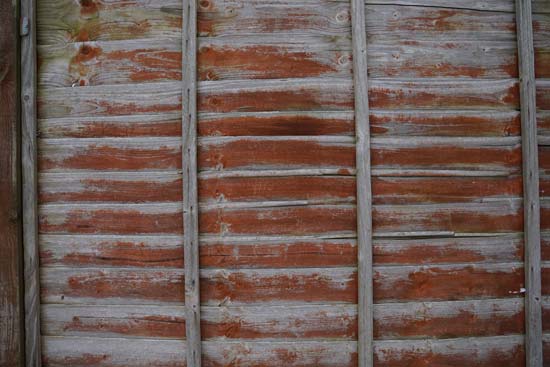
17mm

70mm
Sunstars
The Tamron 17-70mm F/2.8 Di III-A VC RXD is capable of producing quite nice sunstars when stopped-down to f/22.
The lens is susceptible to flare when shooting directly into the sun, though, even when the petal-shaped lens hood that is supplied in the box is fitted.
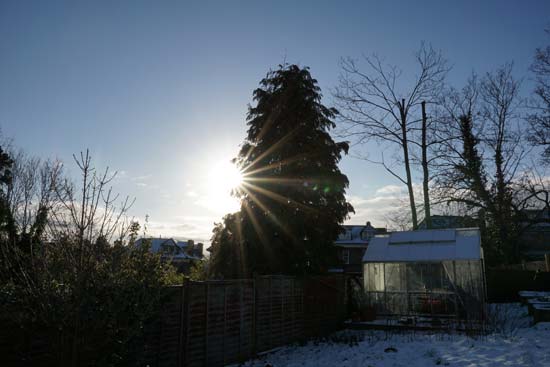
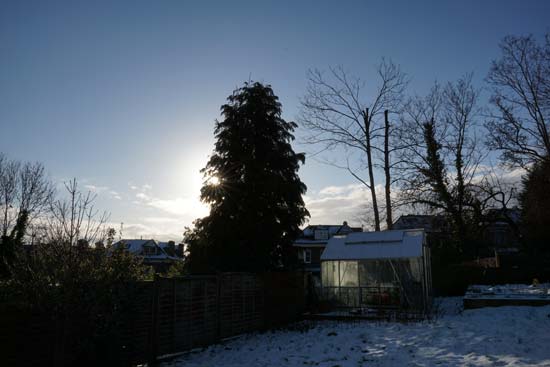
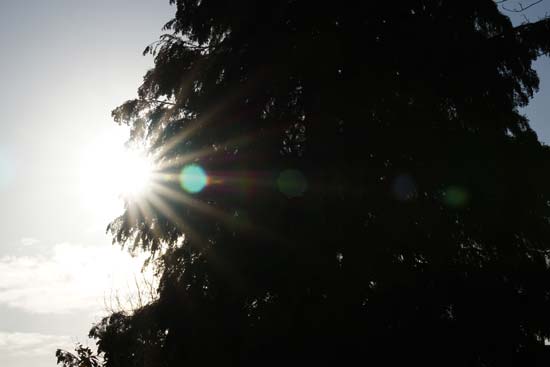
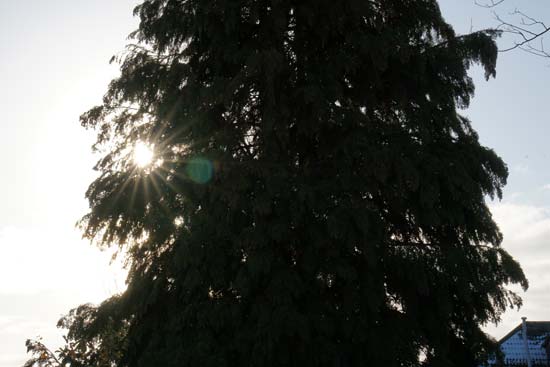
Macro
The Tamron 17-70mm F/2.8 Di III-A VC RXD offers a minimum focusing distance of 0.19m / 7.5in. with a maximum magnification of 0.21x, when set to the 17mm focal length, which makes it fairly useful for close-ups.
At the 70mm focal length the minimum focusing distance of 0.39m / 15.4in. with a maximum magnification of 0.19x.


Bokeh
Bokeh is a word used for the out-of-focus areas of a photograph, and is usually described in qualitative terms, such as smooth / creamy / harsh etc.
In the 17-70mm F/2.8 Di III-A VC RXD lens, Tamron have employed an iris diaphragm with 9 rounded blades, which has resulted in appealing bokeh.
This lens does suffer from strong onion ring bokeh, though, with the bokeh rings seemingly made up of lots of concentric circles, which may prove off-putting for more demanding users.




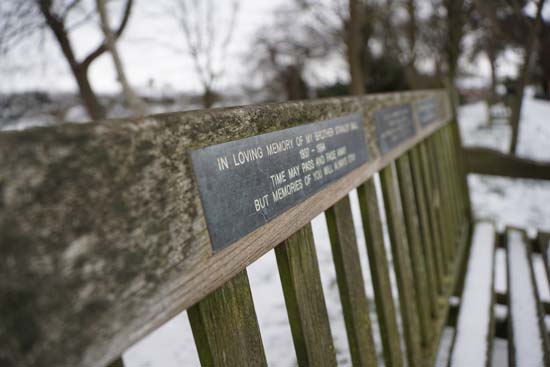

Sharpness
In order to show you how sharp the Tamron 17-70mm F/2.8 Di III-A VC RXD lens is, we are providing 100% crops on the following pages.








